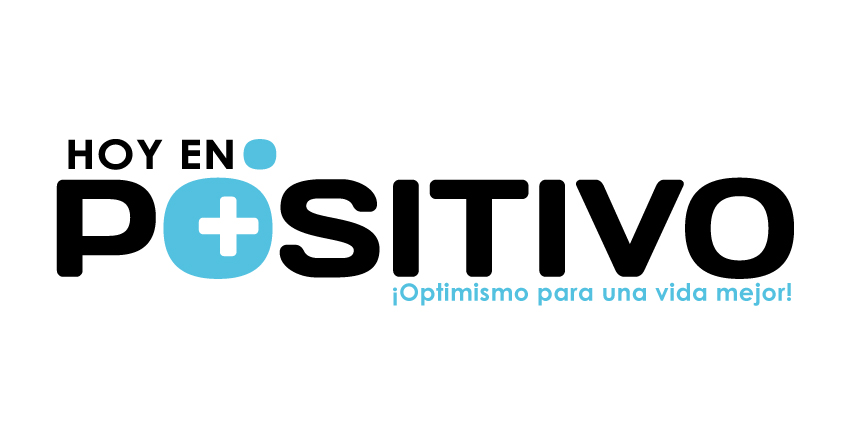Try New eFOIA System
11/30/15
The FBI recently began open beta testing of eFOIA, a system that puts Freedom of Information Act (FOIA) requests into a medium more familiar to an ever-increasing segment of the population. This new system allows the public to make online FOIA requests for FBI records and receive the results from a website where they have immediate access to view and download the released information.
Previously, FOIA requests have only been made through regular mail, fax, or e-mail, and all responsive material was sent to the requester through regular mail either in paper or disc format. “The eFOIA system,” says David Hardy, chief of the FBI’s Record/Information Dissemination Section, “is for a new generation that’s not paper-based.” Hardy also notes that the new process should increase FBI efficiency and decrease administrative costs.
The eFOIA system continues in an open beta format to optimize the process for requesters. The Bureau encourages requesters to try eFOIA and to e-mail foipaquestions@ic.fbi.gov with any questions or difficulties encountered while using it. In several months, the FBI plans to move eFOIA into full production mode.
Submissions to the FBI’s overall FOIA/PA program continue to trend upward, according to Hardy. “Requests have increased over the past decade by as much as a third,” he said. “Over the past year, we’ve received approximately 18,500 requests and, thanks to a skilled workforce and increasing automation, we were able to review for release 1.1 million pages.”
And while many of the requests that come in are from the media, authors, academia, organizations, and the like, Hardy noted that 40 percent of FOIA/PA requests come from individuals looking for records on themselves.
The original purpose of the decades-old Freedom of Information Act and the Privacy Act was to promote openness in government. “Our belief in the concept of government transparency and the public’s right to access certain records held by government agencies is what continues to drive us to this day,” said Hardy, “and eFOIA represents another step by the FBI to enhance that access.”
11/30/15
The FBI recently began open beta testing of eFOIA, a system that puts Freedom of Information Act (FOIA) requests into a medium more familiar to an ever-increasing segment of the population. This new system allows the public to make online FOIA requests for FBI records and receive the results from a website where they have immediate access to view and download the released information.
Previously, FOIA requests have only been made through regular mail, fax, or e-mail, and all responsive material was sent to the requester through regular mail either in paper or disc format. “The eFOIA system,” says David Hardy, chief of the FBI’s Record/Information Dissemination Section, “is for a new generation that’s not paper-based.” Hardy also notes that the new process should increase FBI efficiency and decrease administrative costs.
The eFOIA system continues in an open beta format to optimize the process for requesters. The Bureau encourages requesters to try eFOIA and to e-mail foipaquestions@ic.fbi.gov with any questions or difficulties encountered while using it. In several months, the FBI plans to move eFOIA into full production mode.
Here’s what you need to know to assist the FBI in testing the eFOIA system:
- You are limited to one request per day.
- So the FBI is confident in the identity of the requester, you will need to provide a valid e-mail address and a government-issued form of identification in one of the following formats: .pdf, .doc, .png, .gif, .jpg, or .jpeg.
- Your requests are limited to information about organizations, events, or deceased individuals.
- If you are requesting information on a deceased individual, you will need to upload proof of death unless the deceased individual is more than 100 years old. Acceptable proof of death includes obituaries, death certificates, recognized sources that can be documented, written media, Who’s Who in America, an FBI file that indicates a person is deceased, or a Social Security Death Index page.
- The maximum combined size of all attachments in a request is 30 megabytes.
- Regulatory FOIA fee schedules remain in effect for eFOIA requests.
- Audio and video files, because of their large size, must be sent to requesters through standard mail.
Submissions to the FBI’s overall FOIA/PA program continue to trend upward, according to Hardy. “Requests have increased over the past decade by as much as a third,” he said. “Over the past year, we’ve received approximately 18,500 requests and, thanks to a skilled workforce and increasing automation, we were able to review for release 1.1 million pages.”
And while many of the requests that come in are from the media, authors, academia, organizations, and the like, Hardy noted that 40 percent of FOIA/PA requests come from individuals looking for records on themselves.
The original purpose of the decades-old Freedom of Information Act and the Privacy Act was to promote openness in government. “Our belief in the concept of government transparency and the public’s right to access certain records held by government agencies is what continues to drive us to this day,” said Hardy, “and eFOIA represents another step by the FBI to enhance that access.”






